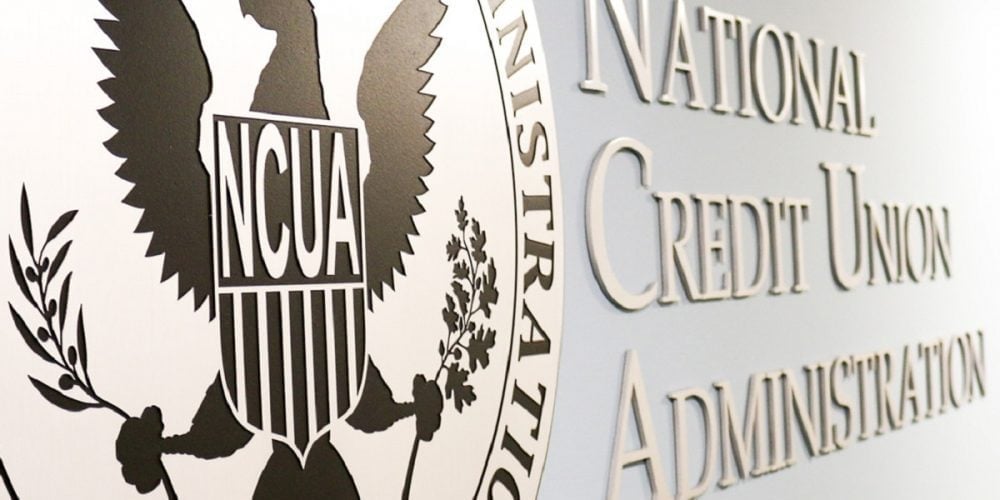 by: Eric Gagliano, SVP Client Management, MarketMatch
by: Eric Gagliano, SVP Client Management, MarketMatch
It’s that time of year again. As you sharpen your pencil to start 2013 planning and budgeting, there are four important factors to keep in mind:
4. Local Economy: By making a few simple clicks or calls to your city or county, you can quickly assess the local economic environment. Also try calling a local college economics department for local data. Consider:
- Are jobs growing or shrinking today in each of your markets? What will they be doing in the next 6-9 months? What businesses are doing what? Use this information to target your business development strategies.
- What are the overall local economic trends? Look at real estate, household income, employment, retail sales, etc.
- How does all of the above information drive Product Need? Are there specific products that you can focus on in 2013? Do you need to create new products or services?
3. Existing Members: It costs far less to increase penetration with your existing members than to acquire new ones:
- How are your current members using your products and services? Look at services per household, checking penetration, loan penetration, available lines of credit, debit card usage, online banking usage, etc.
- Identify your most profitable members and target those who look just like them.
2. Competition: You can hire an outside shopper or simply take a day or two and shop the competition yourself (Learn more here: /media/community/lessons_from_a_hundred_bank_experiences.html). It’s important to understand:
- What new competition has entered the area? Who’s left?
- Review your key competition’s Product Mix.
- How are they Packaging their products? Do they have Relationship Pricing? Are they bundling products?
- Make a list of all of your competition’s Advantages and Disadvantages.
- Use this to Differentiate yourself!
1. ROI: By truly understanding and reporting your marketing ROI, you can brand yourself and your department as the greatest profit center in the credit union.
- Set measureable ROI goals for each promotion as well as overall annual goals. Track regularly - not just at the end - this will help you know if you need to deviate from the plan.
- Look at everything: fee income, product profitability, brand equity, etc.
- Become your greatest spokesperson! Report everything … even the tactics that didn’t meet expectations and share what was learned.
- If your credit union has one dollar to spend, show then that the highest return on investment is through marketing.
Today, we have a wide variety of marketing challenges: "I think we need a MCIF or CRM, but they won't put it in the budget." "We need more marketing resources, but how do I pay for it?" "My department simply isn't respected at my credit union ... marketing is more than 'arts & crafts!'"
The solution? Measure your results!
The simple solution is to demonstrate the value (or anticipated value) of your marketing efforts through ROI.
Think like a marketer and understand that your CEO/COO/CFO/Board/etc. are your target audience. You have to speak your target's language ... numbers!
What's that? You "don't do numbers?" Here's a quick cheat sheet:
- Return on Investment = (Incremental Profit - Marketing Investment) / Marketing Investment
- Breakeven for a Community Event = Event Cost / (# of Sales X Product Profitability)
- Required Sales Lift = Offer Cost / (Product Profitability – Offer Cost)
- Branding / Awareness: Measure unaided awareness in community against a pre-campaign baseline
The bottom line is:
- Define where you are at the start
- Determine the expected or actual outcome of your efforts
- Measure the financial outcome against your investment
What was your return? Can your CEO/CFO/Board get a better return by investing the Credit Union's money in stocks, HR or IT?
ROI is simply the best way to brand marketing as much more than "arts & crafts." It's also the most logical way to justify your dream marketing budget.
Eric Gagliano is a leading credit union marketer with more than 17 years of marketing experience. Coming from the advertising agency world, as an account executive focused on strategic planning, branding, market research, and product promotion, Eric joined the credit union world in 2002 as the VP of Marketing at River Valley CU in Dayton, Ohio. As SVP of MarketMatch, Eric lives and breathes the credit union movement. He has enjoyed great success in increasing brand awareness, member growth, and services per member for clients across the country. Eric is a frequently requested speaker for groups such as the CUNA Marketing & Business Development Council, MAC, and numerous state associations. www.WeKnowCreditUnions.com






